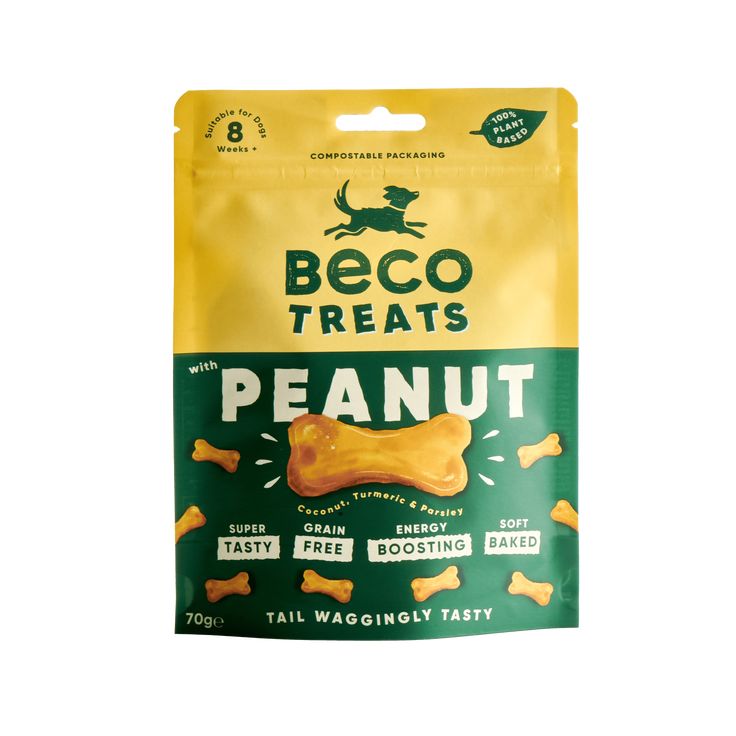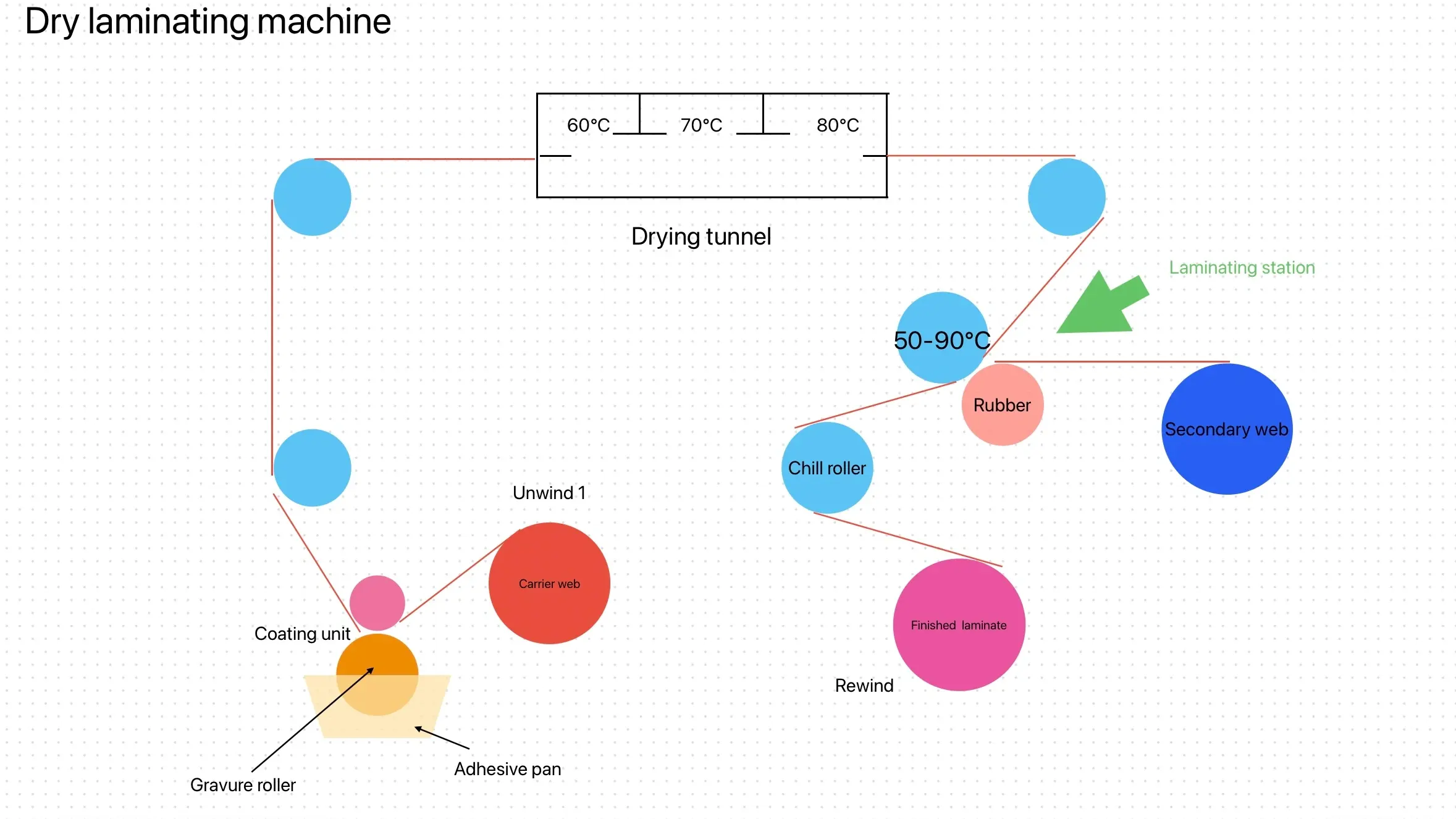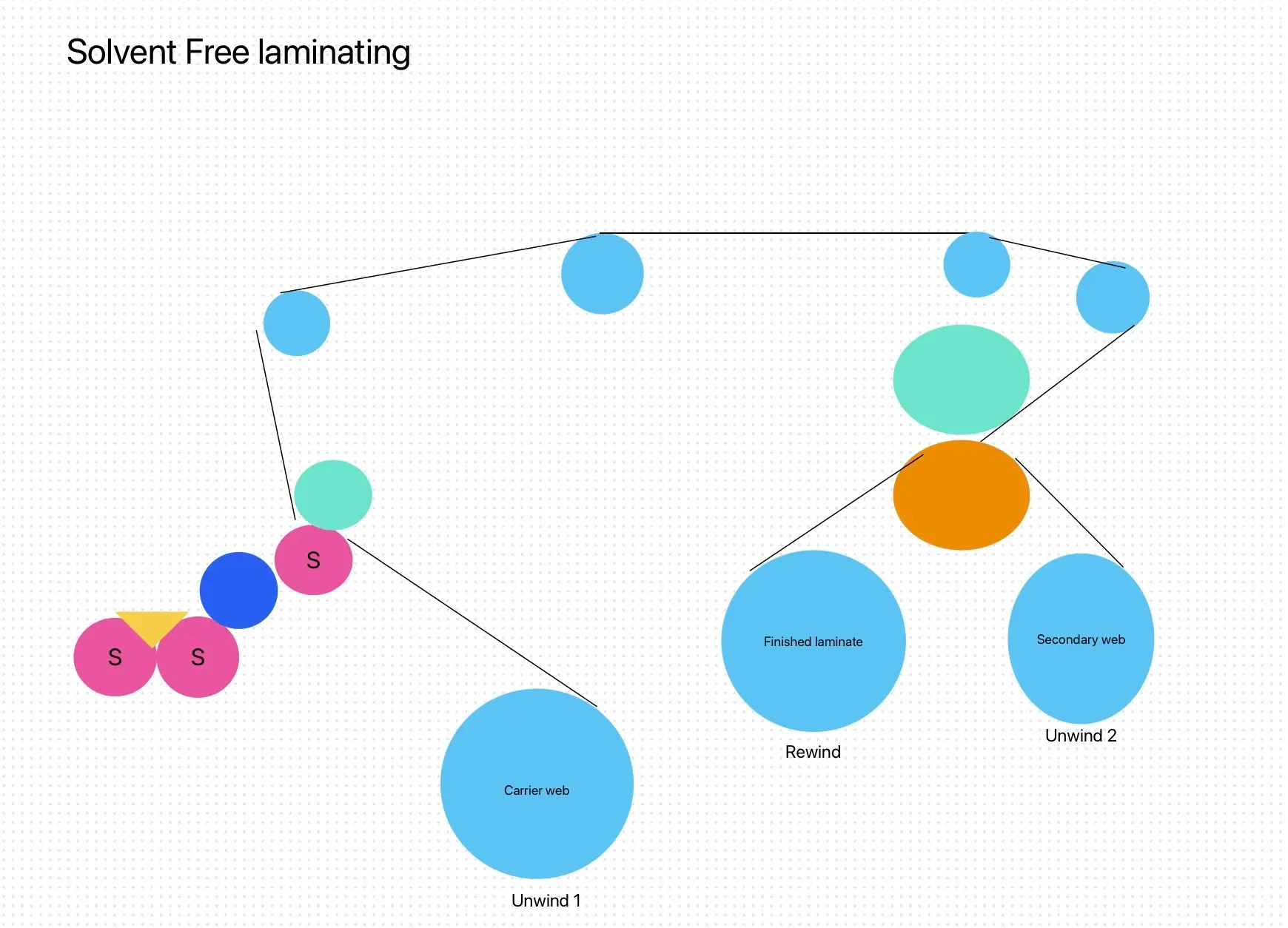The flexible packaging market size was estimated at USD 201.4 billion in 2024 and is expected to reach USD 252.06 billion by 2029, registering a CAGR of 4.59% during the forecast period (2024-2029).
The packaging industry has shifted towards flexible packaging solutions due to its considerable energy and environmental benefits.
In addition, due to the growing concerns over the use of biodegradable polymers in flexible packaging and its impact on the environment, manufacturers are compelled to provide safe and reliable eco-friendly packaging options. Manufacturers continue to seek to provide sustainable packaging options that use less resources and energy during the production process, fit the end-user’s product and brand name, require less shipping expenses, and provide longer shelf life to the product to alleviate cost pressures and maintain the integrity of the product packaging.
The growing demand for flexible packaging in multiple end-use applications. It includes e-commerce, digital printing, and sustainability trends that can drive the development and growth of the market.
Customers are increasingly eager to pay a premium for specific product attributes that flexible packaging brings. Consumers are willing to pay more for products that come in sustainable packaging, which can help the industry absorb the increased costs of shifting to sustainable packaging.
The choice of flexible packaging for meat, poultry and seafood in the food industry is also influenced by factors beyond convenience, such as sustainability, transparency, food safety and reducing food waste.
Companies are increasingly interested in flexible packaging solutions using recyclable and recycled materials for obvious reasons, one of which is sustainability. Solutions including plastic paper are making progress in this regard, with good barrier properties for portion packs and lunch meats, which can reduce plastic usage by up to 80% according to some industry estimates.
Many companies around the world are following the trend of building PE packaging from a single material. For example, in August 2022, Mondi and Henkel helped consumers to wash dishes more environmentally friendly by developing a new reusable packaging concept. The two companies worked together to develop Henkel’s hand dishwashing packaging solution, which allows plastic bottles to be refilled from a flexible pouch. The collaboration helps Henkel achieve its sustainability goals of achieving 100% recyclable or reusable packaging by 2025 and reducing virgin plastics made from fossil fuels by 50%. When replacing rigid plastic bottles, flexible stand-up pouches reduce plastic by 70% and are easily recyclable in areas with mature recycling infrastructure.
In addition, AR Packaging launched Ecoflex in July 2021, a 100% recyclable, thermoformed mono-PE film that offers a more environmentally friendly alternative to PA-based materials while being fully OPRL compliant. With the launch of Ecoflex, retailers now have a sustainable material option. Ecoflex offers comparable mechanical and impact strength to PA/PE materials for its flexible thermoformed applications. For example, recycling facilities in the UK can recycle flexible polyolefin packaging in storefronts.
Most recycling facilities are inefficient in handling changes in waste streams because they are outdated. For example, current equipment is not adequate to handle this change in packaging waste trends, even as the amount of paper waste has decreased and the amount of plastic waste has increased.
Flexible packaging manufacturers are increasingly concerned about inflation. Labor, energy, and transportation costs create a highly competitive industry with high operating expenses. Further increases in raw material prices are influenced by the crisis between Russia and Ukraine, Russian sanctions, and the realignment of Western and Eastern countries on the geopolitical stage.
The recent COVID-19 outbreak has caused many problems for flexible packaging manufacturers, including a drop in demand from industries not related to pharmaceutical applications, although these problems may only last for a short period of time. Supply chain disruptions, lack of raw materials for manufacturing, labor shortages, price fluctuations that can drive up production costs and exceed budgets, and transportation issues are just some of the consequences of the lockdown. The impact of COVID-19 has now begun to fade as the market recovers after the easing and lifting of the lockdown.





